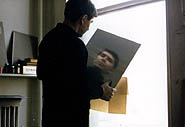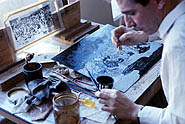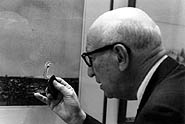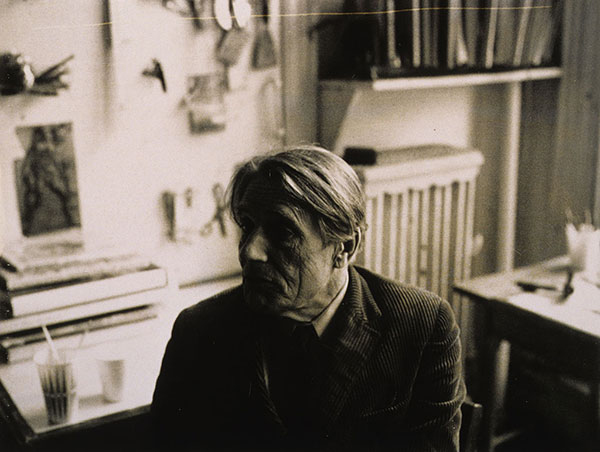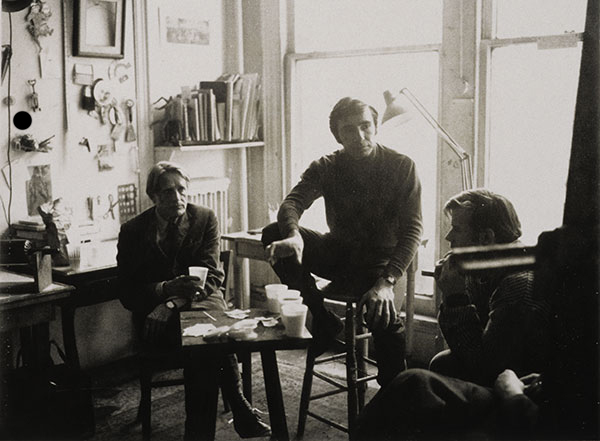 rank Wright's Print oeuvre spans a full twelve years. The etchings and engravings shown here grew out of the artist's studies at Stanley William Hayter's renowned Atelier 17 in Paris and subsequent work in Wright's Washington, D.C. studio. Wright has experimented with the meticulous medium of engraving, as well as the unusual process of deep-bite etching - a method first developed by Hayter and his assistant Krishna Reddy. rank Wright's Print oeuvre spans a full twelve years. The etchings and engravings shown here grew out of the artist's studies at Stanley William Hayter's renowned Atelier 17 in Paris and subsequent work in Wright's Washington, D.C. studio. Wright has experimented with the meticulous medium of engraving, as well as the unusual process of deep-bite etching - a method first developed by Hayter and his assistant Krishna Reddy.Wright's interest in prints began in 1959 when he was awarded a Paul J. Sachs Fellowship by the Print Council of America. This fellowship, which began with the eminent Lessing J. Rosenwald Collection of the National Gallery of Art, enabled the artist to study the history of printmaking and the connoisseurship of the graphic arts. Later, the artist began an intense period of investigation of American prints and drawings in various museums, while simultaneously learning the techniques of print production. |
